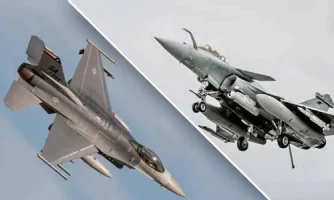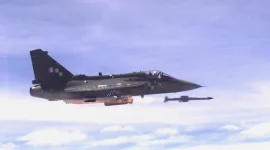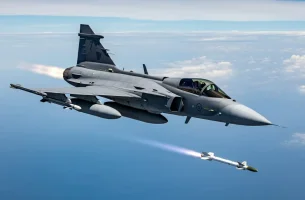- Views: 2K
- Replies: 15
The Indian Navy's ambitious plan to bolster its underwater capabilities with the acquisition of the INS Chakra III, an Akula-class nuclear-powered attack submarine from Russia, has hit a significant roadblock.
Originally scheduled for delivery in 2025, the submarine is now expected to join the Indian fleet no earlier than 2028. This delay is attributed to the ongoing conflict in Ukraine and the resulting Western sanctions imposed on Russia.
In 2019, India and Russia inked a $3 billion deal for a 10-year lease of the Akula-1 class submarine, to be christened INS Chakra III. This agreement, following a pattern of similar collaborations between the two nations, aimed to provide the Indian Navy with access to cutting-edge SSN technology. Akula-class submarines are renowned for their stealth, speed, and deep-diving capabilities, making them a formidable force in underwater warfare.
For India, the acquisition of INS Chakra III is crucial for maintaining a credible deterrent in the increasingly complex Indo-Pacific region. The submarine was intended to fill the operational gap left by the INS Chakra II, another Akula-class submarine leased from Russia, which was returned in 2021 after completing its 10-year lease.
However, the ongoing Russia-Ukraine war has thrown a wrench in the plans. Western sanctions have impacted the availability of essential components and technologies needed to refurbish and modernize the submarine to meet India's specific requirements. This has led to a significant delay in the delivery timeline, pushing it to late 2027 or 2028.
This setback impacts India's naval preparedness at a time when it faces growing security challenges. The INS Chakra II played a vital role in enhancing India's operational experience with nuclear-powered submarines, providing valuable insights into their operation and maintenance. Its return to Russia in 2021 left a void that the INS Chakra III was expected to fill.
Before its handover to India, the INS Chakra III will undergo an extensive refit and modernization process. This includes the integration of Indian communication and sensor systems to ensure seamless interoperability with the Indian Navy's existing infrastructure and operational protocols. These customizations are essential for the submarine to effectively operate within the Indian Ocean Region and integrate into India's naval command and control structure.
While India continues to modernize its naval capabilities, this setback highlights the need for diversification and self-reliance in defence procurement to mitigate risks associated with external factors.




